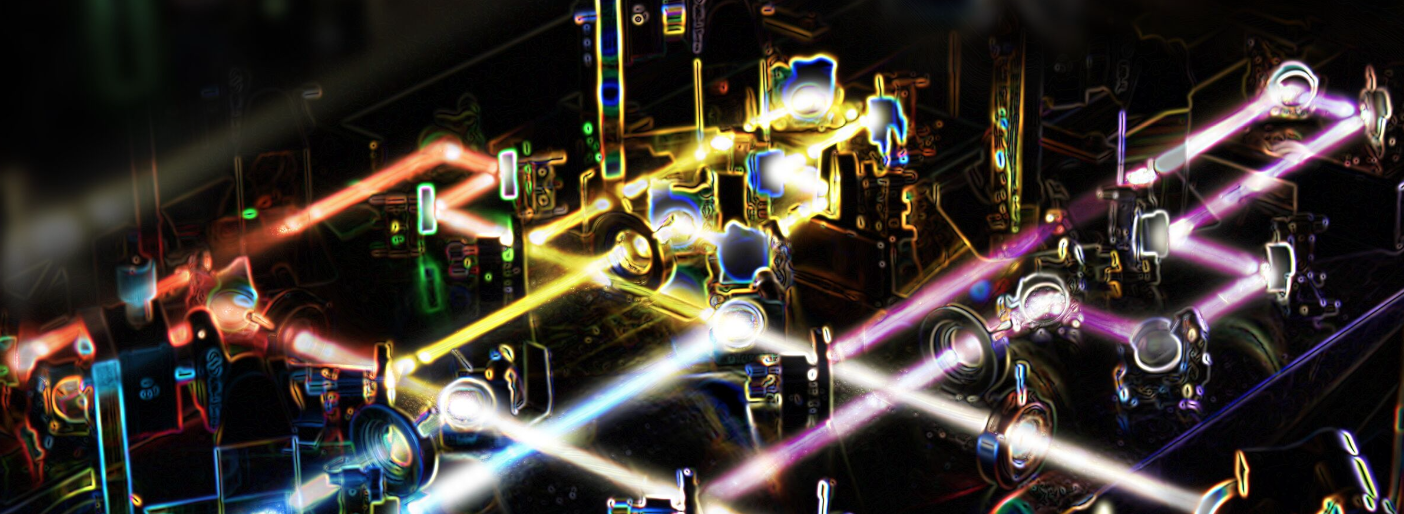New Scientist
Image: Christian Hackenberger/Attoelectronics MPQ
The ultimate high-speed flashbulb just measured how quickly electrons inside atoms respond to light. The work could speed the development of light-based electronics.
At 380 attoseconds long – 380 x 10^-18 seconds – the flashes are the shortest pulses of visible light ever created in the lab.
Eleftherios Goulielmakis at the Max Planck Institute of Quantum Optics in Garching, Germany, and his colleagues achieved a similar feat in 2008 when they generated pulses of extreme ultraviolet (EUV) light that were just 80 attoseconds long.
But making such short pulses of visible light is more challenging – and also more useful. EUV is energetic enough to strip electrons away from an atom altogether. Visible light makes a gentler probe: it energises electrons in an atom, encouraging them to emit light of their own, without actually removing them from the atom’s clutches. Read more on newscientist.com…








